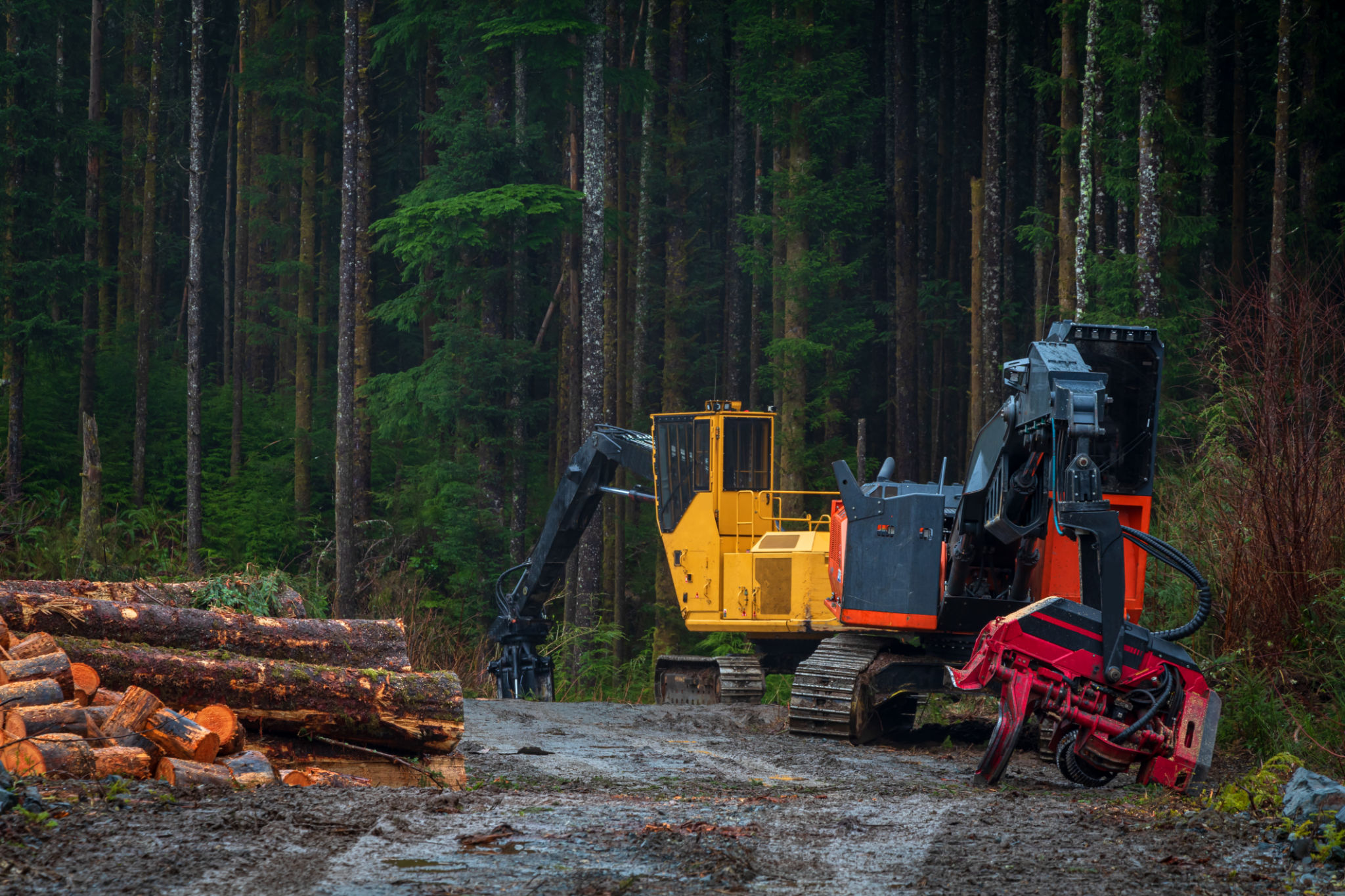Land Clearing 101: Preparing Your Site for Construction Success
Understanding the Importance of Land Clearing
Embarking on a construction project requires meticulous planning and preparation, and one of the first steps is land clearing. This essential process involves removing trees, shrubs, stones, and other obstacles from the construction site, ensuring a clean slate for development. Proper land clearing not only facilitates a smooth construction process but also helps in maintaining safety standards, preventing potential hazards during and after building.

Assessing Your Site
Before breaking ground, it's crucial to conduct a thorough assessment of your site. This involves evaluating the existing landscape, identifying areas that require clearing, and recognizing natural features worth preserving. Engaging a professional land surveyor can provide valuable insights into the topography and soil conditions, helping you make informed decisions on how to proceed with land clearing effectively.
Moreover, understanding local regulations and permits is vital. Many regions have specific laws governing land clearing to protect the environment and ensure sustainable practices. Ensure that you comply with these legal requirements to avoid delays and fines.
Choosing the Right Equipment
Once you've assessed the site and obtained necessary permits, selecting the appropriate equipment is key to efficient land clearing. The choice of machinery depends on the size and complexity of your project. For instance, smaller areas might only require basic tools like chainsaws and hand tools, while larger sites may necessitate heavy-duty equipment such as bulldozers and excavators.

Environmental Considerations
Land clearing has a significant impact on the environment, so it's essential to adopt environmentally friendly practices. Strive to minimize disruption to natural habitats by preserving certain trees or relocating wildlife. Additionally, consider recycling or repurposing cleared materials wherever possible. For instance, wood can be chipped for mulch, and stones can be used in landscaping.
Engaging an experienced contractor with a focus on sustainability can ensure that your project aligns with ecological preservation goals while still achieving construction success.
The Land Clearing Process
The process of land clearing involves several steps designed to prepare the site for construction. Here’s a simplified breakdown:
- Site Evaluation: Determine what needs to be cleared and identify any environmental concerns.
- Marking Boundaries: Clearly mark the area to be cleared to avoid unnecessary removal of vegetation outside your project scope.
- Clearing Vegetation: Use appropriate tools to cut down trees, shrubs, and underbrush.
- Removing Debris: Clear away rocks, stumps, and other debris to level the ground.
- Grading the Land: Smooth out uneven surfaces to create a solid foundation for construction.

Safety First
Safety should always be a priority during land clearing operations. Ensure that all personnel are equipped with proper safety gear, including helmets, gloves, and protective eyewear. Additionally, only trained professionals should operate heavy machinery to prevent accidents. Regular safety briefings and adherence to safety protocols can significantly reduce risks on-site.
By taking these precautions and following best practices in land clearing, you set a strong foundation for a successful construction project.